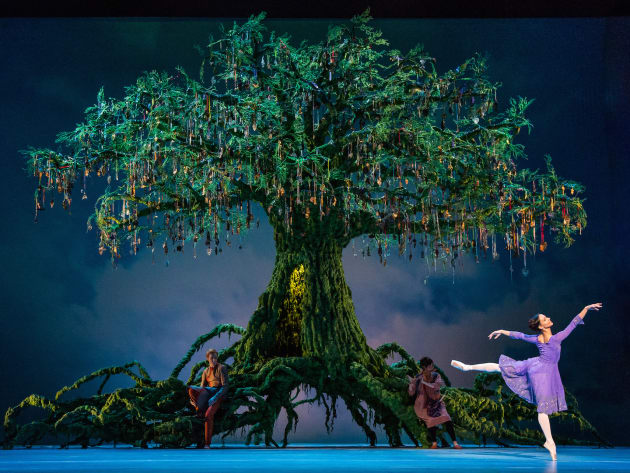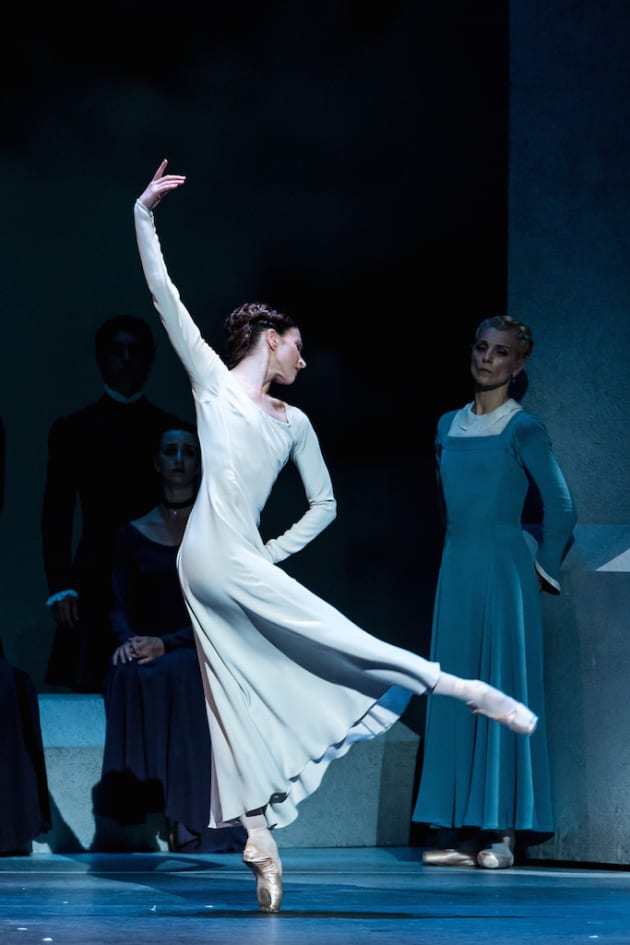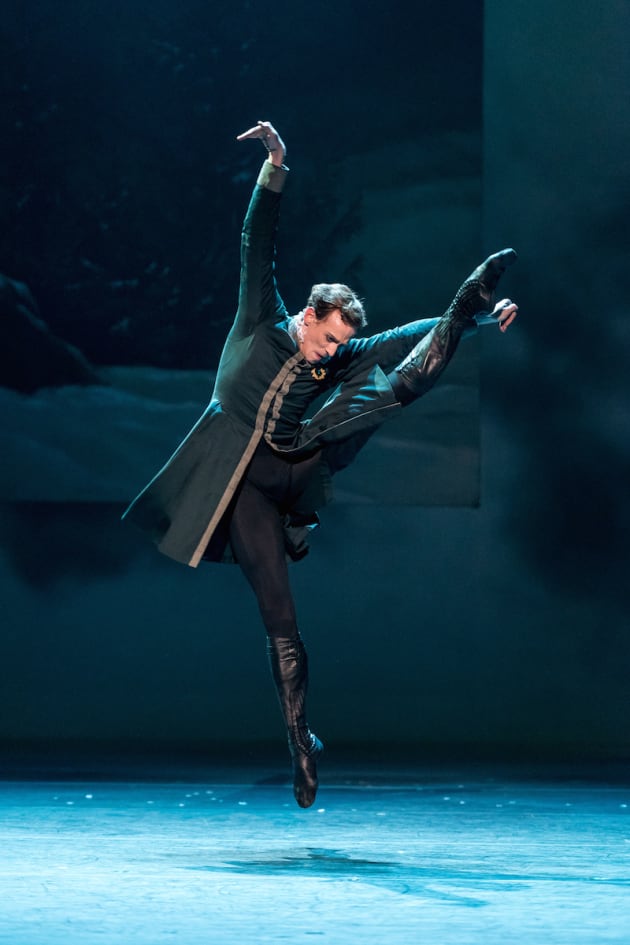The Royal Ballet: The Winter's Tale

The Lyric, QPAC, Brisbane, July 5
Christopher Wheeldon’s The Winter’s Tale, drawn from one of the lesser-known Shakespearean works, was considered an odd choice for a ballet at the time of its Royal Ballet premiere in 2014 because of its dense text and multi-faceted plot line. But Wheeldon, with insight and intelligence, has pared the work to its dramatic essence, cleverly crafting a grandly drawn story of love, jealousy, betrayal and final redemption.
A profound work of lush elegance, broad in scale of time and location, the drama centres on Leontes, King of Sicilia, and his irrational, all-consuming jealousy of the innocent relationship between his pregnant wife, Hermione, and his best friend Polixenes, King of Bohemia.

A Prologue cleverly sets up the drama with abstracted movement showing the friendship between the two kings as boys, Leontes’s gift of an emerald to Hermione (a dramatic tool, not in the play, used by Wheeldon to effectively tie the first act to the second) and the birth of their son Mamillius.
The drama that then unfolds over three acts is described almost as much by Joby Talbot’s eloquent score and the glorious settings of Bob Crowley (both collaborators on Wheeldon’s Alice in Wonderland) as it is by Wheeldon’s extraordinarily descriptive movement.
The Act 1 setting of the Court of Sicilia is sparse and monochromatic; huge granite-like pillars, manipulated into different configurations, dominate. In the demanding role of Leontes, Edward Watson was mesmerising. It was a powerfully described performance that tracked his character’s descent into madness through movement alone, beginning with his fingers’ spider-like manipulation, until, totally consumed and physically contorted with jealousy, he destroys everyone around him.
Lauren Cuthbertson was splendidly regal as Hermione, her pleading solo to Leontes dignified yet tragic. Zenaida Yanowsky as Paulina, the head of the Queen’s household, provided another measured foil to Leontes’s madness.
The simple but imaginative use of projection gives context to the huge geographical and chronological scope of the story. Silk drops are used effectively to convey rough weather, a sailing ship on a stormy sea and also, with comic relief, the most famous of stage directions for the doomed character of Antigonus: “Exit chased by a bear”.
On an otherwise empty stage, the bucolic setting of Act 2, in Bohemia, is dominated by the now iconic set piece of a tree – its mossy green root system providing levels through which the dancers appear and disappear. This act is in direct contrast to the first. Colourful and festive, it has sweeping undulating movement from an indeterminate folk vocabulary of upturned feet, heeltaps, parallel stomping and walks on bent legs. Here the drama plays second fiddle to the dancing, which was joyous and abandoned.

Steven McRae showed mercurial lightness, speed and soaring elevation as the youthful and charismatic Prince Florizel, son of Polixenes. And as Perdita, Princess of Sicilia, Francesca Hayward was of a delicate lightness, with glorious extensions and pinprick accuracy of footwork.
An exquisitely languid love duet between Florizel and Perdita, accompanied by flute played live on stage, dipped and swayed as McRae wrapped Howard around his body in delicately nuanced arcs of movement.
The final act is a blend of the tragic and comic, the drama and the dance, as an anguished Leontes, expressed so heartbreakingly by Watson, mourns at the cliff top graves of his son and wife. Redemption comes with the reappearance of Hermione and a final poignant and seamlessly performed duet between Watson and Cuthbertson.
Lush and cerebral, Wheeldon’s The Winter’s Tale is a visual and aural feast. But it is the movement which triumphs, arguably more powerful than Shakespeare in expressing the frailty of human emotion, and superbly danced by some of the finest artists in the world.
– DENISE RICHARDSON


